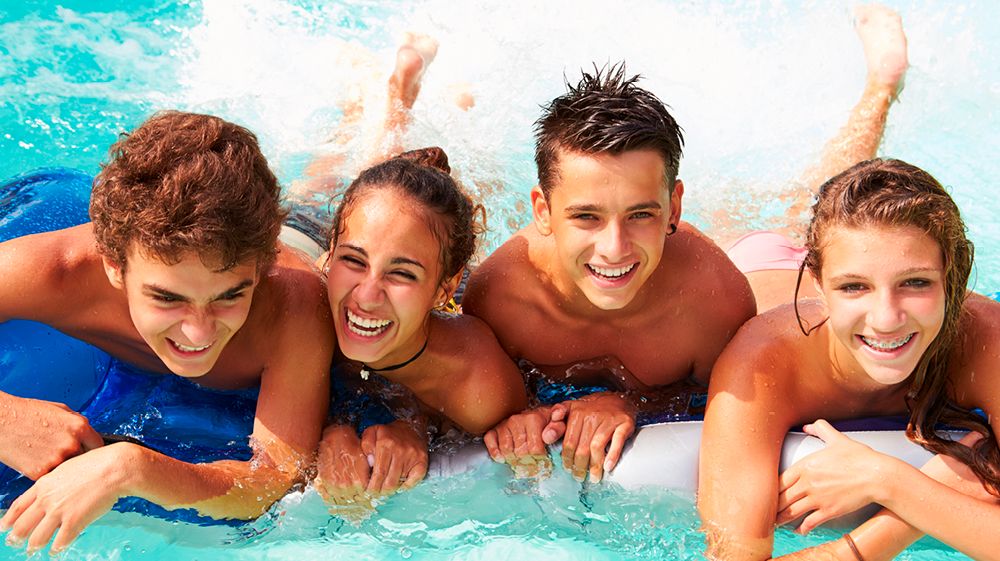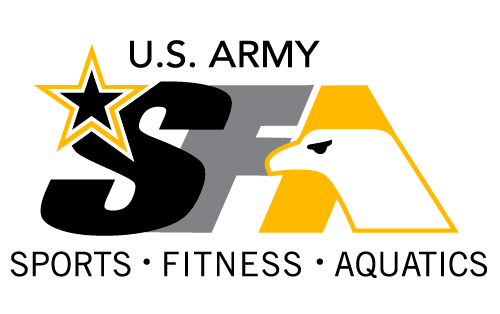- Become a certified lifeguard
- Brush up your lifejacket knowledge:
- Type I: For offshore, rough or remote waters where rescue may be delayed. Turns most unconscious wearers face-up. Bulky but offers the best protection
- Type II: For inland, calm waters where rescue is likely to be quick. Less bulky than Type I, but may not turn unconscious wearers face-up
- Type III: For supervised activities like water skiing, kayaking, and sailing. Comfortable, but not designed to turn unconscious wearers face-up
- Type IV: Throwable like rings or cushions. Designed to be thrown to someone in the water, not worn
- Type V: For special use, like flotation coats or whitewater vests. Intended for specific activities and must be used as labeled
- Get familiar with using a ring buoy and shepherd's crook to save a life
- Get CPR certified
- Gain and maintain swimming proficiency with lessons and practices at your on-post pool or nearby YMCA
- Wear a lifejacket anytime you’re on open water, and encourage your friends to
- Know the dangers of lakes, rivers, and other natural water

![]()
Rates of drowning in lakes, rivers, and oceans triple at age 15 and remain elevated through adulthood. We can prevent those deaths by acting early.
How to prevent accidents
What you can do now
How to learn more

